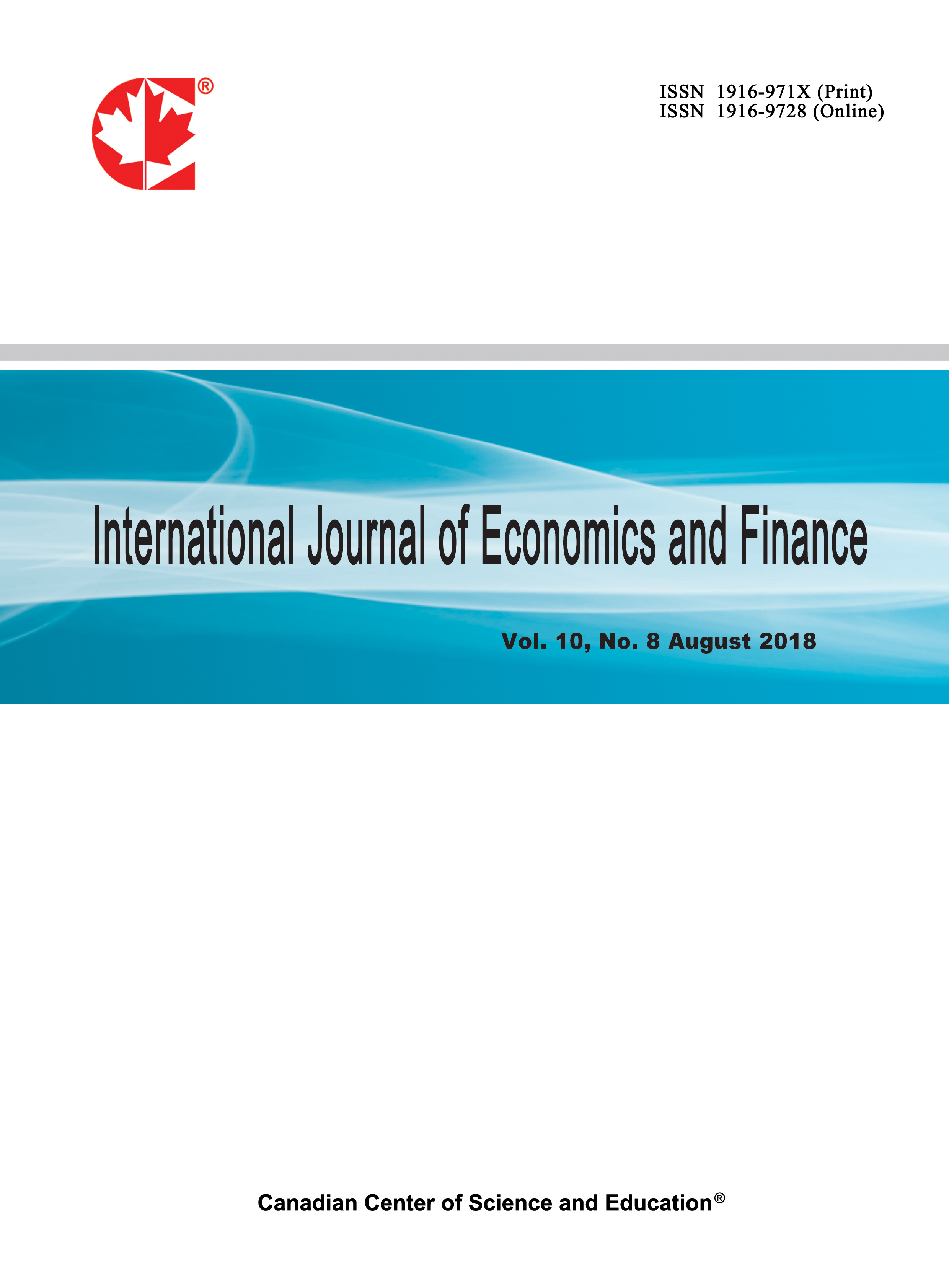Determinants of Interest Rate Spread: Empirical Evidence from Uganda’s Banking Sector
- Demas Kutosi Lukoye
- Amos Sanday
- Victoria Kakooza
- Clet Wandui Masiga
Abstract
Interest rate spreads are one of the main indicators of banking sector efficiency as well as economic growth. Uganda has one of the highest interest rate spread in Sub-Saharan Africa (SSA). However, there is limited understanding of the key drivers of these high interest rate spread in Uganda. In this study we provide new evidence on the underlying causes of interest rate spread in Uganda. To explore the drivers of interest rate spread in Uganda’s banking sector, we use a novel quarterly bank-level data for the period 2008 to 2022 and an Auto Regressive Distributed Lag (ARDL) modelling approach. The findings indicate Liquidity risk and Bank rate have a significant positive long run influence on spread whereas Credit risk, Return on Assets, Operational Efficiency, GDP growth and Financial Sector Development had a significant negative long run impact on spread. However, Reserve Requirement and Inflation had an insignificant impact on spread in Uganda’s banking sector. The study suggests that commercial banks and policy makers in Uganda should consider the internal, industry and macroeconomic environment in coming up with measures to enhance the sector’s efficiency.
- Full Text:
 PDF
PDF
- DOI:10.5539/ijef.v17n4p18
Journal Metrics
Index
- Academic Journals Database
- ACNP
- ANVUR (Italian National Agency for the Evaluation of Universities and Research Institutes)
- Berkeley Library
- CNKI Scholar
- COPAC
- Copyright Clearance Center
- Directory of Research Journals Indexing
- DTU Library
- EBSCOhost
- EconBiz
- EconPapers
- Elektronische Zeitschriftenbibliothek (EZB)
- EuroPub Database
- Genamics JournalSeek
- GETIT@YALE (Yale University Library)
- Harvard Library
- Harvard Library E-Journals
- IBZ Online
- IDEAS
- JournalTOCs
- LOCKSS
- MIAR
- NewJour
- Norwegian Centre for Research Data (NSD)
- Open J-Gate
- PKP Open Archives Harvester
- Publons
- RePEc
- ROAD
- Scilit
- SHERPA/RoMEO
- SocioRePEc
- Standard Periodical Directory
- Technische Informationsbibliothek (TIB)
- The Keepers Registry
- UCR Library
- Ulrich's
- Universe Digital Library
- UoS Library
- ZBW-German National Library of Economics
- Zeitschriften Daten Bank (ZDB)
Contact
- Michael ZhangEditorial Assistant
- ijef@ccsenet.org
